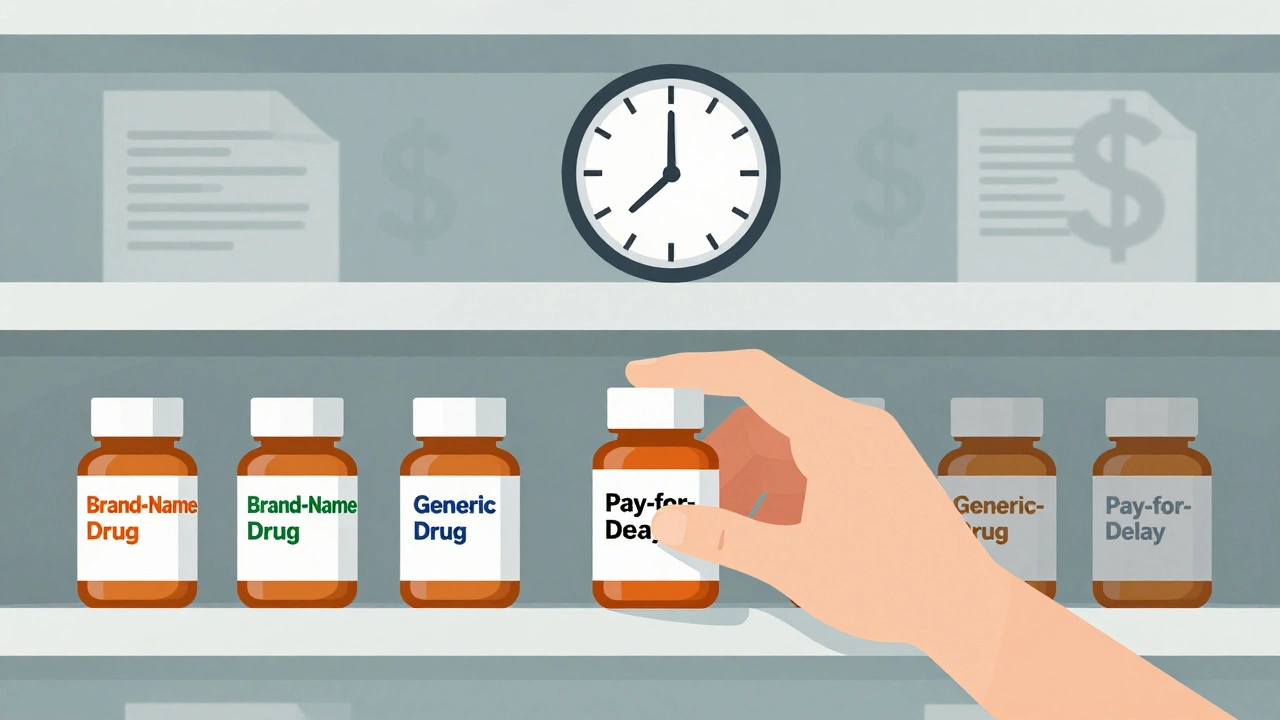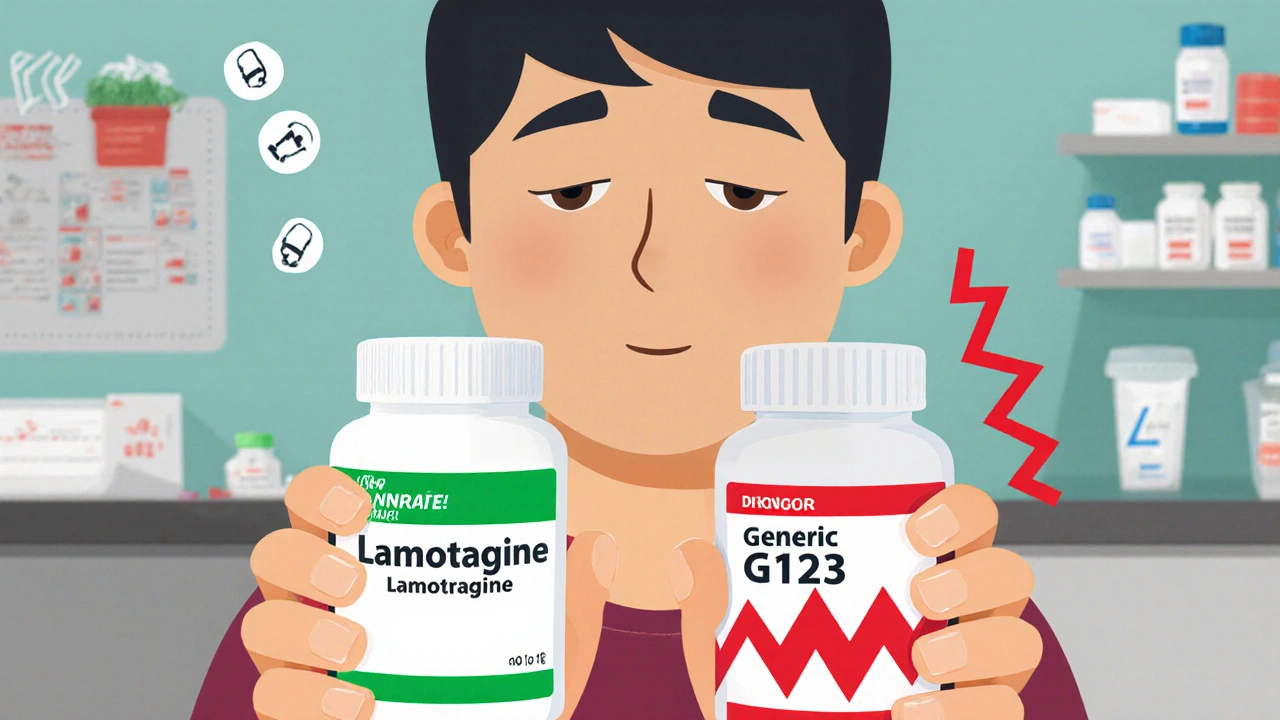Generic Drugs: What They Are, Why They Matter, and What to Watch For
When you hear generic drugs, lower-cost versions of brand-name medications that contain the same active ingredient, dosage, and intended use. Also known as generic medication, they make up over 90% of prescriptions filled in the U.S. and save patients billions each year. But here’s the thing: they’re not all the same. While the FDA says they must be bioequivalent, real-world issues like manufacturing defects, inconsistent fillers, and state-level substitution laws mean your pill might not behave exactly like the one your doctor prescribed.
That’s why first generic entry, the moment a brand-name drug loses patent protection and the first generic version hits the market. Also known as generic competition, it’s when prices drop fast—sometimes by 80%—but quality control doesn’t always keep up. You’ll find posts here that dig into why some generics fail: tablets that crumble (capping), pills with uneven doses, or batches contaminated with foreign particles. These aren’t rare accidents. They’re systemic problems tied to global supply chains and cost-cutting pressures. And if you’re on a critical drug like warfarin or levothyroxine, even tiny differences can be dangerous. That’s where generic drug substitution, the practice of pharmacies swapping a brand-name drug for a generic without the doctor’s explicit permission. Also known as generic substitution, it’s legal in most states—but 27 states have special rules blocking it for narrow therapeutic index (NTI) drugs because the margin for error is razor-thin. Then there’s the hidden cost: waste. Expired generics sit in medicine cabinets because people don’t track expiration dates or know how to store them properly. That’s not just money lost—it’s a public health issue.
What you’ll find below isn’t just a list of articles. It’s a practical guide to navigating the real world of generic drugs. You’ll learn how to spot dangerous interactions, understand why your insurance won’t cover certain generics, recognize signs of a defective batch, and know exactly when to ask for the brand name instead. Whether you’re managing high blood pressure, depression, or diabetes, this collection gives you the tools to use generics safely—and save money without risking your health.
Antitrust laws were designed to ensure generic drugs reach the market quickly and cheaply, but corporate tactics like pay-for-delay and product hopping are undermining competition. Learn how these practices hurt consumers and what’s being done to stop them.
Dec, 5 2025
Generic antiseizure medications can save money, but for narrow therapeutic index drugs like lamotrigine and carbamazepine, even small changes in formulation can trigger seizures. Learn the risks, who's most vulnerable, and how to protect yourself.
Nov, 17 2025


